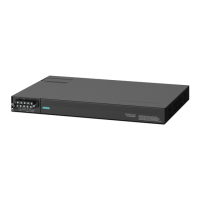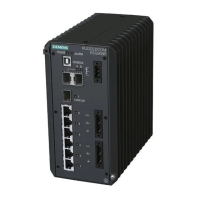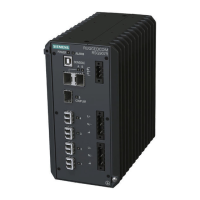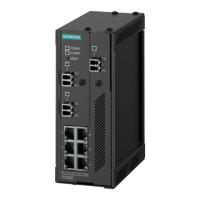RUGGEDCOM RUGGEDCOM RSG2488
Installation Guide
Chapter 2
Installing the Device
Installing the GPS Antenna (If Required) 11
Install the antenna at least 15 m (49 ft) away from and lower than any structures that attract lightning.
GPS antenna damage is usually not the result of a direct lightning strike, but due to high currents
induced by the effects of a lightning strike on a nearby structure. Lightning arrestors should also be
installed in the antenna line to protect the receiver and connected devices. If a lightning arrestor is
installed, it is important to make sure it has a low impedance path to ground.
NOTE
Although an active antenna has gain, depending on the length of the coaxial cable used, it may not be
enough. In such a case, a line amplifier will be required as well. Most active antennas include filters.
However, if there is a high potential for electromagnetic interference – such as from the near field of a
radio transmitter – through the antenna system, additional antenna line filtering may be necessary.
A typical GPS system includes the following components:
• An active GPS antenna (required)
• Coaxial cables (required)
• Lightning arrestor (optional)
• Line amplifier or bandpass filter (optional)
NOTE
Siemens offers an antenna kit for the RSG2488 , which includes a GPS antenna, mounting bracket
and coaxial cable. For more information, contact a Siemens Sales representative.
To promote signal reception and avoid signal saturation at the receiver input, the overall GPS system requires a
relative gain between 5 and 18 dBi.
Use only low loss, 50 Ω coaxial cabling when connecting the GPS and any other optional components to the
RSG2488.
NOTE
Using any length of coaxial cable will add some time delay to the GPS signal, which degrades the
accuracy of the calculated time and position. The time delay is dependent on the type of dielectric
material in the cable and ranges from 1 to 2 ns/ft. The table below gives some examples of the delay
that can be expected based on the dielectric type.
Dielectric Type Time Delay (ns/ft) Propagation Velocity (% of c)
Solid Polyethylene (PE) 1.54 65.9
Foam Polyethylene (FE) 1.27 80.0
Foam Polystyrene (FS) 1.12 91.0
Air Space Polyethylene (ASP) 1.15-1.21 84-88
Solid Teflon (ST) 1.46 69.4
Air Space Teflon (AST) 1.13-1.20 85-90
To install the GPS antenna, do the following:
WARNING!
Radiation hazard – risk of Radio Frequency (RF) exposure. This device is compliant with the
requirements set forth in CFR 47, section 1.1307, addressing Radio Frequency (RF) exposure from
radio frequency base stations, as defined in FCC OET Bulletin 65 [http://transition.fcc.gov/Bureaus/
Engineering_Technology/Documents/bulletins/oet65/oet65.pdf]. The emitted radiation should be as
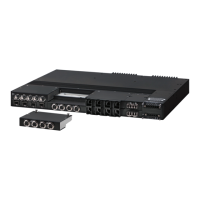
